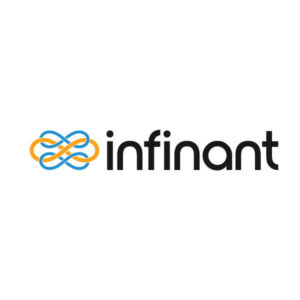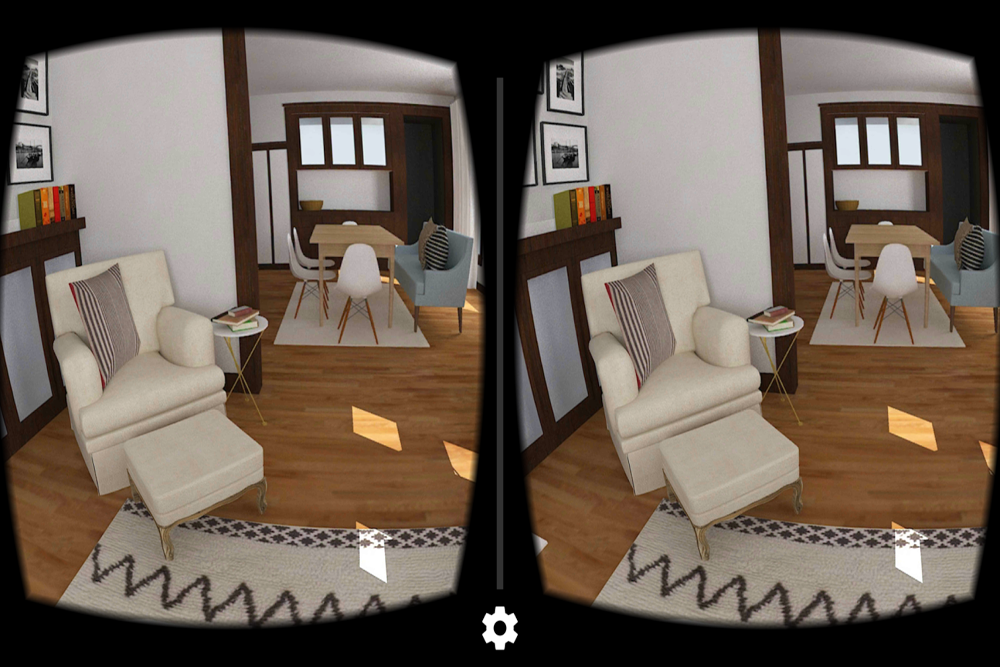Editor’s Note: This is a new Q&A series from StartUp Beat that features entrepreneurs who have successfully guided their startups (or multiple startups) to maturity. It is a complement to StartUp Beat’s coverage of early-stage startups and an effort to provide further insight into the experiences of tech entrepreneurs.
 Bio: Tony is a seasoned executive and entrepreneur. In his role as CEO, Tony oversees all aspects of their rapidly growing business and plays a central role in developing and driving the company’s vision. Tony has over 20 years experience in developing successful startup technology companies. Prior to his involvement with mediaFORGE, Tony co-founded and served as CEO of ezADit.com, an online aggregator of offline college media—acquired by Y2M, a subsidiary of MTV Networks. Tony was also President and co-founder of Precision Data Link—which was acquired by The Profit Recovery Group (NASDAQ: PRGX) in 1998. In his role at PRG, Tony held a key position as Senior Vice President where he was responsible for the day-to-day operations, strategy and growth of the Logistics Management Division and was tasked with identifying, managing and integrating five additional acquisitions. Tony is an active member of the Utah Technology Council and is passionate about technology and marketing. Tony is an accomplished musician, enjoys outdoor sports, and spending time with his family.
Bio: Tony is a seasoned executive and entrepreneur. In his role as CEO, Tony oversees all aspects of their rapidly growing business and plays a central role in developing and driving the company’s vision. Tony has over 20 years experience in developing successful startup technology companies. Prior to his involvement with mediaFORGE, Tony co-founded and served as CEO of ezADit.com, an online aggregator of offline college media—acquired by Y2M, a subsidiary of MTV Networks. Tony was also President and co-founder of Precision Data Link—which was acquired by The Profit Recovery Group (NASDAQ: PRGX) in 1998. In his role at PRG, Tony held a key position as Senior Vice President where he was responsible for the day-to-day operations, strategy and growth of the Logistics Management Division and was tasked with identifying, managing and integrating five additional acquisitions. Tony is an active member of the Utah Technology Council and is passionate about technology and marketing. Tony is an accomplished musician, enjoys outdoor sports, and spending time with his family.
SUB: What was your first entrepreneurial venture?
Zito: I played in a band in high school. We wanted to make a CD and none of us had money to pay for it, so we developed a plan to raise money through live performances and by collecting small investments from friends and family. We successfully raised the money needed to make our CD, which generated enough sales revenue to fund a second album. It was a great experience in fund raising, marketing, budgeting, etc.
The budding entrepreneurial spirit I felt as a teenager was realized professionally when I started a telesales company in 1992 that sold household products to consumers with door-to-door delivery. During the two years I ran the company, we grew from one lone office to seven offices across the Rocky Mountain region and employed as many as 60 people when I sold the company.
SUB: What prompted you to start mediaFORGE in the first place?
Zito: I was introduced to the early technology through a prior business partner who had already made a seed investment. It was a desktop application for dynamic content delivery—a widget. I spent some time looking at the underlying technology and getting an understanding of the value it could create in various markets. I got really excited about the applications and opportunities to leverage dynamic content within display media. I knew that mediaFORGE’s technology was uniquely positioned to solve a big problem in the display ad industry, particularly the way success was being measured. That’s when I jumped in as CEO and made a personal investment in the company.
SUB: Was there a point at which you knew mediaFORGE would hit it big?
Zito: We always believed that mediaFORGE had the best ad platform and most supportive business model. But it wasn’t until we ran our first real retargeted ad campaign and saw the performance data that we knew we were onto something special. It was not a surprise that the data supported the value of the mediaFORGE model, but we didn’t realize it would work exponentially better than we had anticipated. It was one of those scenarios where we had five people standing around a computer monitor, refreshing the screen constantly, watching the campaign performance metrics roll in—and then a moment of relief and excitement when we realized that the results we were seeing not only supported our concept, but had the kind of impact that could establish mediaFORGE as an innovator in the industry.
SUB: Was there a “tipping point” (for lack of a better term) when mediaFORGE really picked up steam and where it started growing exponentially?
Zito: From the beginning, mediaFORGE has had a dynamic widget technology with a ton of potential. When I started, a lot of that potential had yet to be realized. The tipping point for mediaFORGE was when we applied the technology to our first retargeting campaign. We distributed online display advertisements with interactive features facilitated by our technology. And boom! There were impressions, engagements and revenue. Armed with real in-market product results from our initial campaign, we secured a significant amount of new business and growth over the next quarter.
SUB: What were the first steps you took to establishing mediaFORGE?
Zito: Client validation. It doesn’t matter how great your product is if you don’t have someone who is going to pay for it. Working closely with clients to understand their goals and interests has been a key factor in making mediaFORGE a success. It allows us to build products that we know our clients want, and gives our clients the security of knowing they’ll get what they pay for.
mediaFORGE embraced this concept of client collaboration from the very start. We demonstrated the proven capabilities of our dynamic ad platform as the premise for initial dialog with our early prospects, but it was our clients who said, “this is great, but I’d pay you a lot more if it could do…” The key to our success was our ability and willingness to revisit the initial concept and add the “…”
SUB: If you had it to do over again, what would the first concrete step to establishing mediaFORGE have been?
Zito: In my general experience, selling is the first real step to establishing a business. I’m a big believer in establishing a demand for your concept, then building and designing based on market feedback. The key to doing this successfully is to focus on a single idea and execute against it. Eventually, whether your idea is right or wrong, you’ll at least engage in the right conversations with prospective customers that will expose their real needs and serve as the impetus to reiterate and deliver what the customer really wants and is willing to pay for.
SUB: What were the most significant obstacles to growing mediaFORGE to maturity?
Zito: At one point, we lacked the financial resources to recruit, so a very small team had to manage a lot of growth, meaning we couldn’t expand sales opportunities as quickly as we wanted. Even more frustrating was that we had a very small marketing budget. We knew we were doing something special and we wanted to spread the word, but we simply could not facilitate a traditional marketing effort. We had to get creative and find less mainstream ways to get our message out.
SUB: What kinds of outside funding did you raise?
Zito: We raised $1.5 million in venture capital shortly after the company was founded in 2006. Prospector Equity Capital led the round with a smaller private equity fund called Gazelle Investments participating as well. Since then, we’ve raised some additional capital along the way that enabled us to go from a proof-of-concept sales initiative to a growing enterprise.
SUB: What was the metric/milestone that indicated to you that mediaFORGE had moved past startup stage?
Zito: Like many companies building a business in the difficult economic environment of 2008, our primary milestone was to “get profitable.” We wanted to build a sustainable business that could thrive in any environment, which we did. But the metric/milestone that most indicated our evolution beyond startup stage was our first $1 million quarter.
SUB: What were the most important lessons you learned about entrepreneurship while building mediaFORGE?
Zito: Don’t assume you know what your prospective client really wants, or what they’re willing to pay for. Engage your clients in conversations with the goal of aligning your product with their interests. Iterate and reiterate your concept. Be flexible to adapt your original idea to meet actual and/or changing market needs. Very few startups end up doing what they originally set out to do. Sell, sell and sell. It’s all about people—your team and your client.










